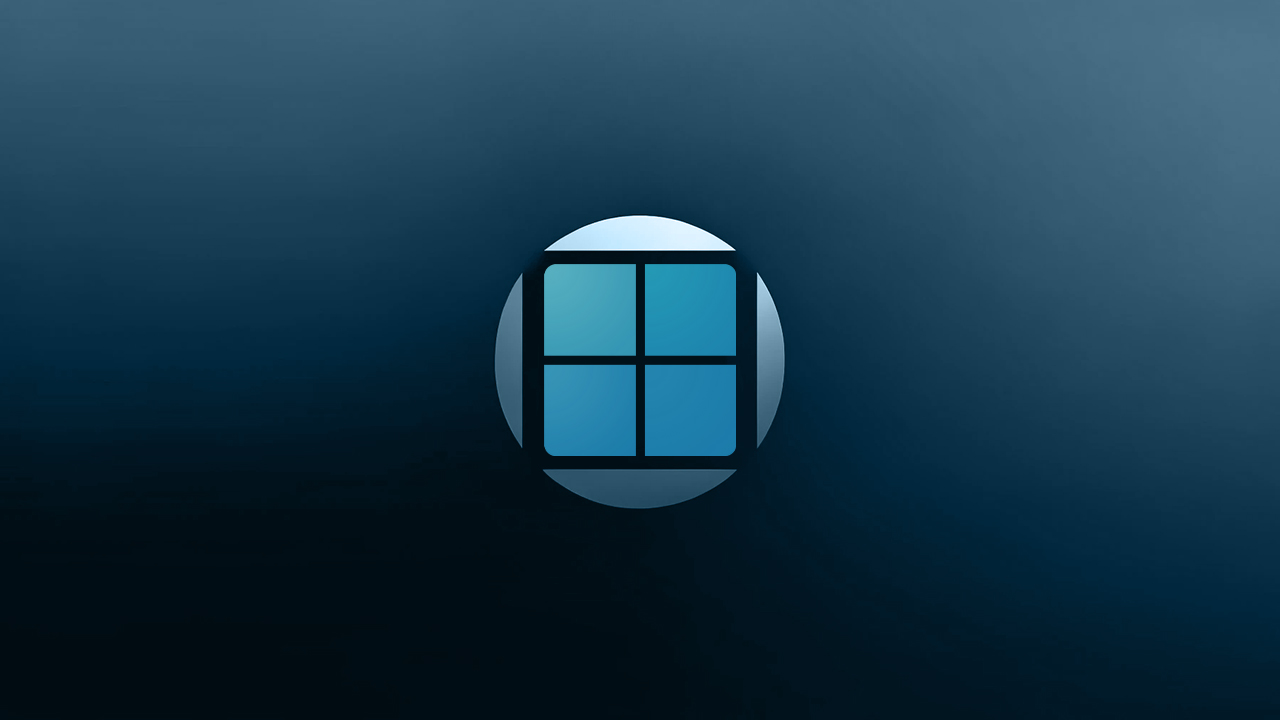Not all Windows 11 changes were received positively

Released on October 5, 2021, Windows 11 is Microsoft's latest upgrade in the Windows NT series, succeeding Windows 10. It is available as a free upgrade for devices that meet specific new criteria, featuring a redesigned Start menu, a new “Widgets” panel, and advanced gaming technologies. Despite these enhancements, the rollout of Windows 11 has stirred controversy.[1]
Users have faced complexities with setting default applications, requiring individual assignments for each file type, a process more cumbersome than anticipated. Additionally, the mandatory Microsoft account sign-in for Windows 11 Home Edition has drawn criticism from those preferring not to link essential system functionalities to an online account.
Changes to the user interface, like the center-aligned Start menu and redesigned taskbar, have not been universally welcomed, with many users missing the configurations of earlier Windows versions.
Moreover, Windows 11 restricts customization options significantly, particularly with taskbar personalization and the elimination of live tiles, reducing user flexibility. There have also been compatibility issues with legacy apps, causing functionality problems.
These user experience issues highlight the broader challenge – the stringent hardware requirements for upgrading to Windows 11, which have excluded many older PCs, sparking a debate over whether these requirements prioritize security and performance or push users toward new hardware purchases.
Stringent hardware requirements
Hardware compatibility limitations
Windows 11 set a new precedent for hardware compatibility, requiring devices to have recent processors such as an eighth-generation Intel Core, second-generation AMD Ryzen, or newer, along with UEFI firmware, Secure Boot capability, and TPM 2.0 support.[2] This starkly contrasts with Windows 10, which supported a broader range of older hardware.
As a result, many users with older but still functional PCs found themselves unable to upgrade without undertaking a cumbersome manual installation using an ISO file. This shift not only frustrated users but also prompted debates about whether the move was genuinely for security improvements or a strategy to encourage the purchase of new hardware.
The rationale for security
Microsoft has defended[3] these strict guidelines by emphasizing the advantages of security. By enhancing encryption and authentication protocols and preventing unauthorized software from loading during startup, features like Secure Boot and TPM 2.0 help to improve the system's overall security posture. According to Microsoft, the more commonplace presence of these technologies in more recent hardware allows Windows 11 to run in a more reliable and secure environment.
Concerns over driver support and stability
Data from Microsoft's Windows Insider program indicated a lower crash rate in systems that met the Windows 11 specifications compared to those that did not. This disparity is largely due to the adoption of DCH drivers, which are designed to work better with modern hardware configurations.
Older systems, many of which rely on legacy drivers, often experience compatibility and stability issues with the new operating system. This situation has led to a significant portion of the user base feeling left behind, especially those with devices that are incapable of supporting newer driver formats.[4]
Balancing security with user experience
Windows 11's strict requirements draw attention to the difficult trade-off between increasing security and retaining an active user base. The focus on security is meant to make the system more reliable and stable, but it also eliminates many people with more competent but older hardware.
This strategy has spurred conversations and arguments over whether the security enhancements warrant such exclusivity, especially in light of the possible rise in e-waste and the financial impact on customers who are forced to buy new gadgets.
To sum up, the move to Windows 11 has generated a lot of debate and shown the difficulties in updating an operating system while trying to support a wide variety of hardware configurations and user requirements. Knowing these debates is essential for tech support staff to assist users in navigating the challenges of updating and optimizing their PCs in the new Windows 11 environment.
- ^ Avram Piltch. 11 Worst Features of Windows 11 and How to Fix Them. Tom's Hardware.
- ^ Windows 11 System Requirements. Microsoft.
- ^ Andrew Cunningham. Why Windows 11 has such strict hardware requirements, according to Microsoft. Ars Technica.
- ^ Sean Endicott. After over two years, Microsoft will let these PCs upgrade to Windows 11. Windows Central.



